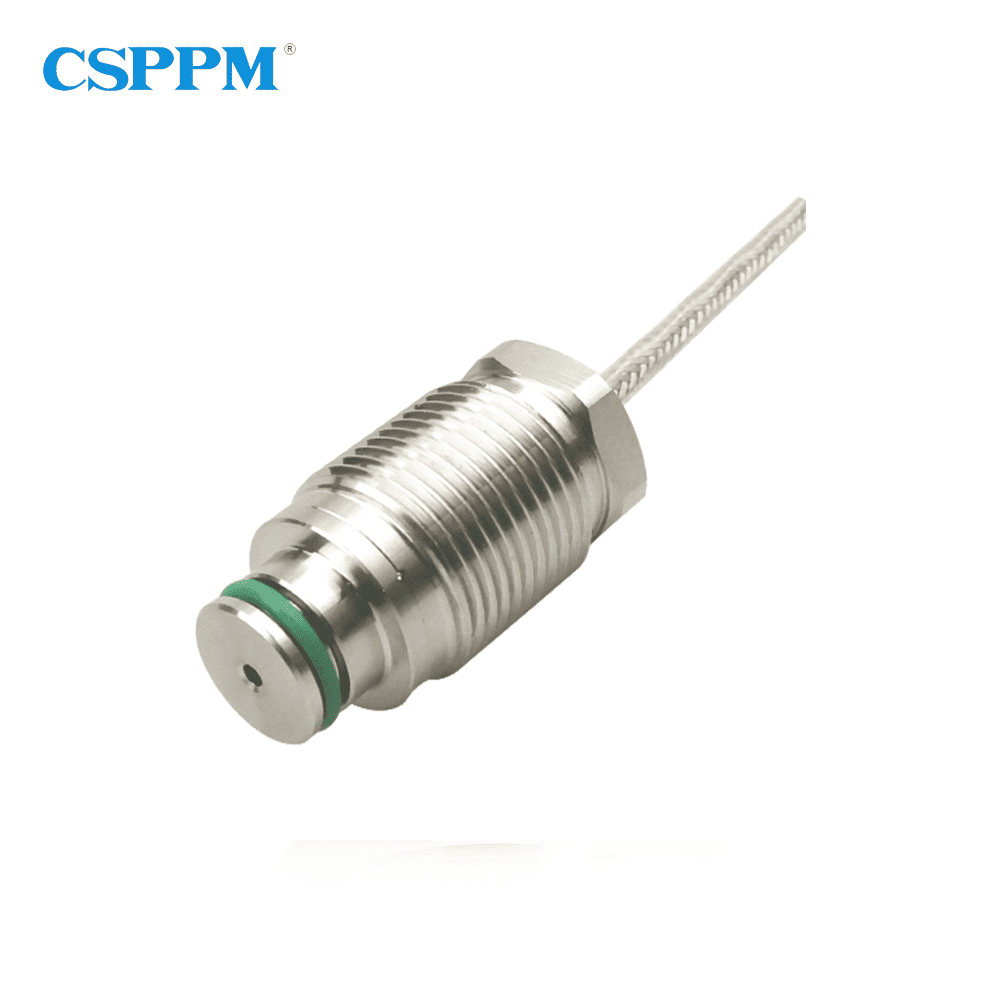Introduction: Navigating the Challenges of High Temperatures
Imagine a scenario where critical industrial processes falter due to equipment failures—how often do we hear that a reliable pressure sensor is the unsung hero in such situations? With specialized applications requiring constant monitoring, the role of a high temperature pressure sensor is indispensable. Typically, these sensors operate under extreme conditions—but how do we ensure their performance effectively? High temperature pressure sensors, designed to endure harsh environments, are essential for capturing accurate data even when things heat up.

Body: The Technical Breakdown of High Temperature Pressure Sensors
Traditional Solution Flaws
Many might think that standard pressure sensors will suffice for high-temperature applications, yet they often fail under duress. Commonly, these sensors exhibit frailty with materials breaking down at elevated temperatures, throwing measurements off-kilter. Look, it’s simpler than you think—relying on these inadequate sensors leads to costly downtimes.
New Technology Principles
High temperature pressure sensors utilize advanced materials and technologies—such as biocompatibility and rugged design principles—that enhance their resilience. Unlike conventional sensors, these innovations incorporate specialized components designed to withstand thermal and mechanical stresses, ensuring reliability in demanding environments. With options that range from silicon-based to ceramics, the choices are plentiful but discerning the right one is key to operational safety.
Quantified User Benefits
Implementing high temperature pressure sensors delivers numerous advantages. Users experience improved accuracy, reduced maintenance costs, and increased safety in processes. Additionally, these sensors equip industries like aerospace and oil and gas with the essential data needed for predictive maintenance, ultimately translating into savings and smoother operations. Always verify these 3 metrics when choosing solutions: ① temperature capabilities ② accuracy ratings ③ material integrity.
Conclusion: The Path Forward
In conclusion, the necessitated integration of high temperature pressure sensors into modern applications cannot be overlooked. As industries evolve, staying ahead with dependable technology is paramount. Whether you’re in chemical processing or manufacturing, make it a priority to evaluate the right sensors tailored to your needs. Understand the importance of rigorous specifications; always verify these 3 metrics when choosing solutions: ① temperature capabilities ② accuracy ratings ③ material integrity. For reliable operations, consider turning to industry leaders.
Exploring Cryogenic Pressure Sensors: A Critical Component for Precision
When it comes to managing extreme temperatures, cryogenic pressure sensors stand out as a pivotal technology. They operate effectively in environments with temperatures plummeting to -200 degrees Celsius. As industries delve deeper into advanced applications, the reliability of a cryogenic pressure sensor becomes crucial. Whether in healthcare or energy, having reliable pressure measurement tools is not simply advantageous; it’s a necessity. Properly monitoring these conditions ensures not only operational integrity but also safety and efficiency in critical processes.
The Technical Breakdown of Cryogenic Pressure Sensors
Traditional Solution Flaws
Going with conventional methods often leads to inaccuracies—all too common when extreme temperatures are involved. Run-of-the-mill pressure sensors can quickly fail in cryogenic applications. Why do failures always occur during critical measurements? The answer resides in the inadequate design of standard sensors when faced with rapid thermal changes. Ignoring this aspect can lead to unforeseen consequences that impact products and processes.

New Technology Principles
Cryogenic pressure sensors leverage cutting-edge technology, including materials specifically formulated to function in subzero conditions. By utilizing these advanced components, manufacturers guarantee accuracy and durability that typical sensors simply cannot achieve. Understanding the thermal dynamics is essential, and with cryogenic sensors, you can be assured that precise data collection is within reach.
Quantified User Benefits
Employing cryogenic pressure sensors can offer groundbreaking advantages—accurate measurements lead to improved efficiencies in processes and resources. Industries experience enhanced safety protocols with better pressure readings, which minimizes risks associated with manufacturing errors. Always confirm these specific benefits: ① sensor longevity ② accuracy over a range ③ reliability across varying conditions.
Conclusion: Setting the Standard for Future Technologies
For companies relying on precision in extreme temperatures, the use of cryogenic pressure sensors is becoming increasingly necessary. To ensure effective operations, awareness about specifications remains critical. This is especially true in industries such as pharmaceuticals and aerospace, where precision can make or break final outcomes. With a focus on performance, always verify these 3 metrics when choosing solutions: ① sensor longevity ② accuracy over a range ③ reliability across varying conditions. For high-quality instruments that align with these standards, consider choosing CSSPM Sensor as your preferred manufacturer.
